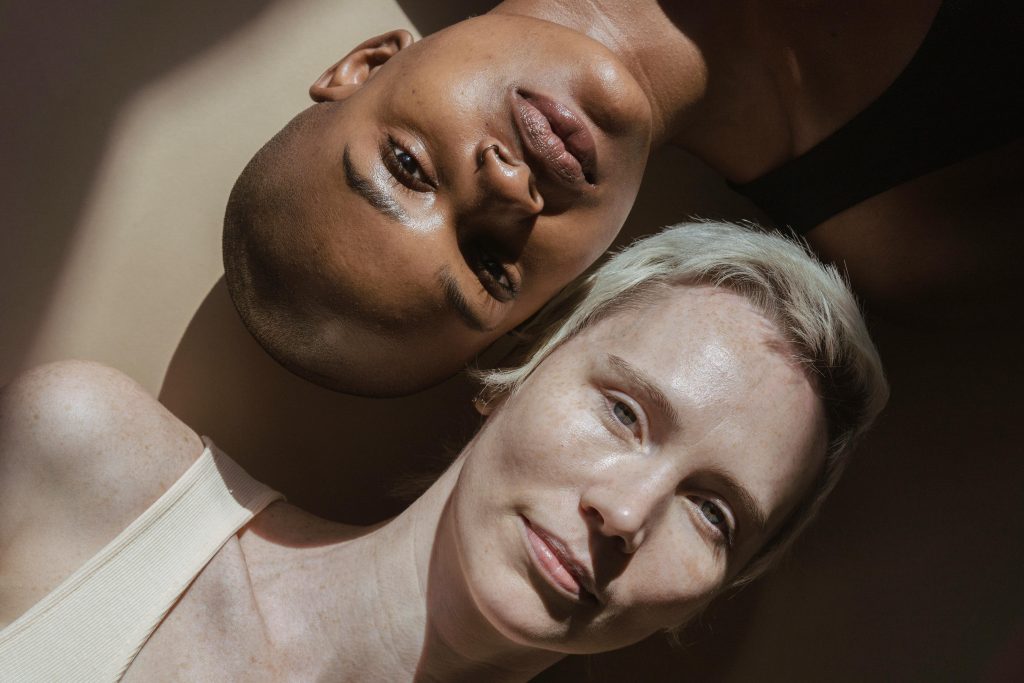Over the past centuries, beauty has been portrayed as an asset. Different cultures and countries have varying beauty standards, some bizarre. To achieve these standards, men and women have endured unimaginable pain, with some of the beauty modifications being fatal.
Going to the extent of tampering with the natural body to become beautiful started centuries ago, and some of the beauty top 10 craziest beauty standards in this article will either shock you or inspire you.
Top 10 Craziest Beauty Standards
Foot Binding
Bound feet were the epitome of beauty in China. The infamous beauty standard involved tightly wrapping and breaking the bones of young girls’ feet to achieve a tiny appearance. Moreover, having bound feet made girls more desirable for marriage and likely to marry into prestige. The most desirable foot size was 3 feet, but four feet was also decent.
Lip Plates
The Chai, Mursi, and Surma tribes of Arica practised piercing the lower lip and stretching it to accommodate large clay or wooden plates. These lip plates, which can expand the lips to over 4 inches in diameter, were historically seen as a sign of beauty, maturity, and social status for marriageable women. Wearing lip plates is still practised and is a regular cultural practice in some tribes, such as the Surma.
Elongate Kneck
In parts of rural Burma, the Kayan people have practised a unique form of neck elongation for generations. Young girls wear heavy brass rings around their necks, gradually stretching the collar bones and compressing the rib cage. Eventually, the result is the appearance of an impossibly long, serpentine neck – a feature once considered a sign of beauty, wealth, and status in Kayan culture. The cultural practice can be fatal, especially if the brass ring is removed; it can result in the snapping of the spine. In addition, the brass coils are heavy, which makes it painful and difficult to perform fieldwork.
Teeth Sharpening
The sharpening of teeth was considered a beauty standard by the Malawians. The procedure involved filing down the teeth to create a pointed, jagged appearance traditionally seen as a sign of beauty, strength, and adulthood. Without painkillers or anaesthetic, the process was excruciating, but women did it regardless to make themselves desirable to their husbands.
Teeth Blackening
Shading the teeth to achieve a black colour in southern Asia was essential to a woman’s regime. Teeth blackening involved filing down the front teeth and staining them with a black paste, creating a uniform, ebony-like appearance. Those who practised it believed it enhanced beauty and was a sign of maturity.
Facial Scarification
In various African cultures, such as tthe Dinka and Nuer, facial scarification involves cutting, branding, or using pigments to create intricate patterns and designs on the face and body. These permanent markings were seen as beautifying elements, signifying tribe, status, and individual identity. While the tradition is slowly fading, some tribes continue preserving cultural heritage.
Body Scarring
Various African tribes, such as the Yoruba, Dinka, Nuer, Luba, Suri, and Mursi, practised body scarification as a beauty standard and a means of personal and cultural identification. Historically, the marks covered a large part of the body and contributed to individuals’ social acceptance and identity. It was, and is still, part of traditional heritage in some African communities.
Obesity
In Ethiopia, the Bodi tribe considered obesity as a sign of attractiveness. Single men went to the extent of staying home for six months to drink milk and blood to gain weight to attract marriageable females. After the wait and drink period, the men would emerge to show off their acquired big bodies, and the most overweight would be regarded as a hero for the rest of his life.
White Skin
White skin has long been upheld as the global standard of beauty, with origins traced back to colonial eras when European powers dominated much of the world. Lighter skin became associated with wealth, power, and social status, while darker complexions were stigmatised as less attractive. This legacy has had a lasting impact, particularly in former European colonies, where skin-whitening products and treatments remain popular due to deeply ingrained beliefs that paler skin equates to more extraordinary beauty, status, and opportunity.
Venus Network
Women during the 17th century used blue pencils to deliberately draw prominent veins on their necks, chests, and shoulders to emphasise their high birth and social status. The visible appearance of these superficial veins was seen as a sign of refinement, delicacy, and aristocratic lineage – attributes highly prized in the beauty standards of the time.


